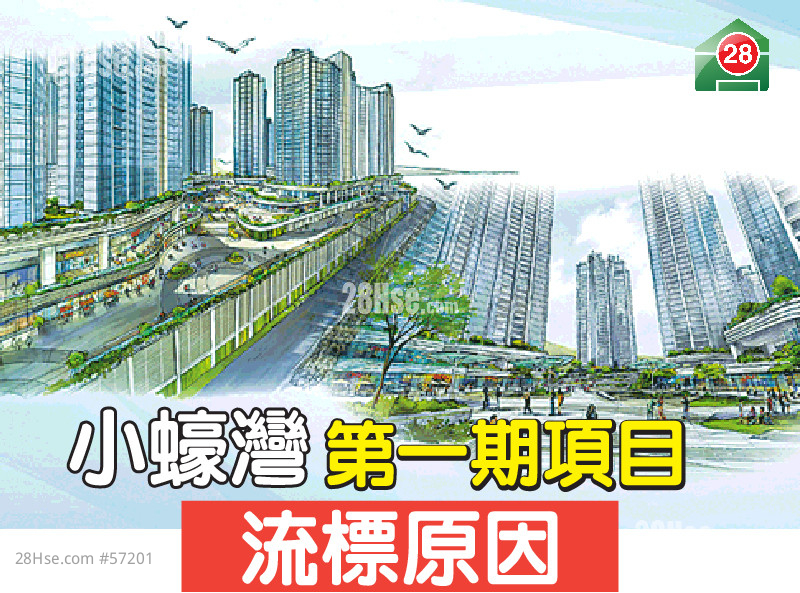We have been hearing a lot about the "Siu Ho Wan" project recently, but what exactly is it? How will it help Hong Kong’s housing supply? And why did the Siu Ho Wan site lose bids? Here are the reasons below.
"Siu Ho Wan" is located between Sunny Bay Station and Tung Chung Station on North Lantau Island, and is currently the site of an MTR depot. To be rebuilt and developed by the government in four phases, the entire project covers an area of 30 ha and will provide some 20,000 units upon completion, with a 50/50 split between public and private housing.
To support the development of the community, the Government will build the Siu Ho Wan MTR station and shopping mall with a total area of about 300,000 square feet. The community will also have over 80,000 square meters of open space and a new waterfront promenade. Therefore, the market believes that the project has great development potential.
The first phase of the Siu Ho Wan development project, with a floor area of approximately 1.31 million square feet and a residential floor area of approximately 1.25 million square feet, is expected to be completed by 2030 at the earliest. According to market forecasts, the valuation of the project ranges from HK$3.9 billion to HK$6.5 billion, and the land premiums per square foot of floor space is about HK$3,000 to HK$5,000.
The bidding process saw a rare occurrence: the MTR revised the number of units from the original 1,600 to 1,900, which means the average size of the units will be smaller. If the maximum permitted number of houses is 1,900, the average area of each unit will drop to about 655 square feet; compared to the original 1,600 houses, which had an average area size of about 778 square feet per unit.
The project closed on February 8, and eventually received three bids, including those from Cheung Kong Holdings and Wheelock Properties. However, the MTR did not accept any bids and will re-tender in due course. Since the project seemed to have development potential, why did the bidding fail? Could it be something related to the fact that the developers were not optimistic about the future market?
According to the market, the main reason for the aborted bids were that the bidding process was rushed, the scale of the project was relatively large, the number of developers who could participate was limited, and the terms of the bidding were different from those of previous railroad projects, which made developers more cautious in bidding.
According to the terms of the tender, the developer who won the bid would be required to submit a "one-off" entrance fee of HK$1.2 billion and would be responsible for the construction of some of the platforms, stations, depots, and other facilities. This would mean higher technical requirements and increased costs, which would inevitably affect the bidding price. Therefore, to prevent bids from being aborted again, the government may consider constructing the station first, which can reduce investment risk for developers.
In addition, since the area is in the development-stage, developers have to consider more than usual. In this regard, the government can consider splitting the site into separate tenders to attract more consortia to participate in the bidding and increase their chances of winning the bid.
Like 14

